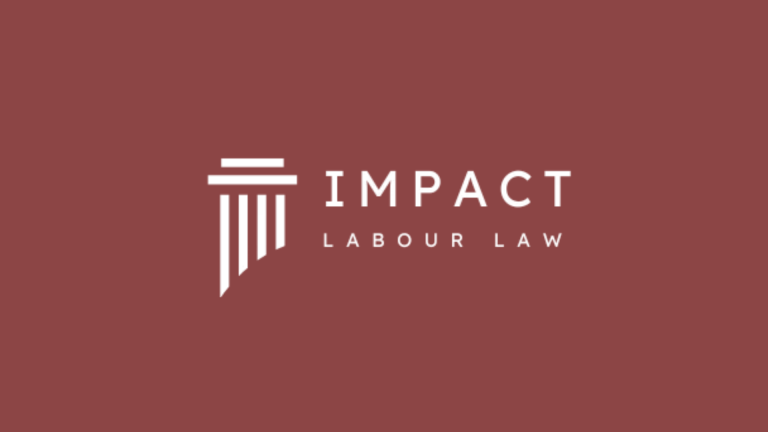Compliance risk is a critical concern for all organisations, regardless of industry or location. Failing to adhere to regulations and policies can result in severe legal and financial penalties that jeopardise operational stability and stakeholder trust. Around 83% of professionals believe that maintaining compliance is one of the most essential aspects of the decision-making process.
Wondering, ‘What is compliance risk?’ Understanding the multifaceted nature of compliance risk is vital as requirements proliferate. Obligations stem from diverse sources, including myriad international, federal and local statutes that differ by sector. Internal policies also demand alignment, sometimes exceeding minimum standards. Neglecting industry best practices brings further risks.
Compliance risks come in multiple forms, each posing unique challenges. Primary types include legal noncompliance, resulting in litigation, fines or sanctions. Policy deviations may incur disciplinary actions or productivity lags. Disregarding established best practices leaves an operation vulnerable despite theoretical legal compliance.
Types of Compliance Risks
A full risk assessment of what is risk and compliance probes all potential sources of noncompliance. Prioritising mitigation requires understanding the unique impact of each risk type based on the likelihood and consequences of materialising. Attention to continual monitoring and detailed documentation demonstrates diligent risk management to stakeholders. Proactive efforts to cultivate a compliance-oriented culture help sustain an organisation’s licence to operate.
1. Privacy and Data Security Perils
With ever-escalating demands on digital data management and more stringent statutes, companies must vigilantly adhere to rules like the General Data Protection Regulation and the California Consumer Privacy Act. These legislations impose exacting terms regarding how organizations acquire, store, handle and safeguard personal information. Failure to conform can bring severe financial penalties and catastrophic damage to customer belief and trust.
2. Workplace Health and Safety Hazards
Compliance with occupational safety and health regulations rigidly imposed by administrative bodies like the Occupational Safety and Health Administration is absolutely crucial for safeguarding staff welfare. Those disregarding mandated benchmarks might face authorised penalties, increased insurance premiums, or reputational harm impossible to undo owing to preventable industrial incidents.
3. Corruption and Deception Risks
Vigilance against risks tied to bribery, dishonesty, and money laundering is of utmost importance. Laws like the Foreign Corrupt Practices Act necessitate organisations to uphold uncompromising anti-corruption policies. Non-adherence could result in criminal charges and significant harm to reputation.
4. Environmental Compliance Dangers
As environmental regulations become increasingly more stringent, organisations must confirm compliance with legislation governing waste management, emissions, and more. Failure to conform can lead to authorised legal actions and financial penalties.
5. Third Party and Vendor Hazards
Organisations increasingly rely on third-party service providers, introducing extra compliance risks. If a supplier neglects regulations, the retaining organisation may also be held accountable. Conducting exhaustive due diligence and continual monitoring of vendor adherence is fundamental to mitigate these risks.
Impact of Compliance Risks
The consequences of compliance risks can be drastically detrimental, influencing various facets of an organisation:
1. Financial Consequences
Non-adherence can lead to genuinely massive financial liabilities, such as fines, legal expenses, and potential loss of business. For example, a data breach resulting from inadequate security measures can result in substantial penalties and remedial costs.
2. Reputational Damage
Organisations that fail to comply with regulations jeopardise their reputation and public trust, which negatively impacts long-term business performance. Consumers increasingly support companies that demonstrate ethical conduct and responsibility. Noncompliance threatens an organisation’s social license to operate.
3. Operational Challenges
Regulatory breaches can disrupt daily functions, such as through mandated site closures or halted activities during reviews and corrective efforts. Lost income and stagnant productivity further strain already limited resources. Continued non-compliance risks business viability.
4. Legal Perils
Noncompliance exposes organisations to litigation, investigations, and criminal charges that compound financial and reputational woes. Escaping this vicious cycle demands proactive remediation to curb recurrences and build stakeholder confidence.
Assessing Compliance Risks
To proactively address compliance risks, ongoing evaluations are imperative. Key steps include:
1. Identifying Compliance Requirements
Organisations must understand compliance risk meaning and legislation influencing operations through informed monitoring of changing expectations. Compliance depends on comprehending the scope of governing frameworks.
2. Conducting Risk Assessments
Periodic regulatory compliance and risk management assessments identify potential gaps and control effectiveness. These may include reviewing past issues, internal audits, and supplier relationships. Proactiveness strengthens compliance posture.
3. Prioritising Risks
Not all risks equally endanger operations. Prioritisation based on impact and probability anchors mitigation where most needed. Targeted allocation optimises scarce compliance resources.
4. Implementing Controls
Policies and training combat prioritised risks. Regular audits and issue reporting reinforce vigilance. A closed-loop approach updates protections to current threats.
5. Monitoring and Communication
Continuous oversight and transparent reporting sustain effectiveness against evolving rules. Nimbleness safeguards the social contract and licenses to operate.
Best Practices for Managing Compliance Risks
Organizations can adopt several best practices to enhance their compliance risk management efforts. Let’s take a deeper look –
1. Develop a Culture of Accountability
Establishing expectations of responsibility at all levels cultivates an environment where stakeholders proactively consider compliance in their decisions. Leading with integrity builds trust between an organisation and those it serves.
2. Leverage Insight and Automation
Harnessing specialised expertise and technology streamlines oversight while freeing resources to focus on new opportunities compliant with changing rules. What was once a reactive, document-heavy process can transform into an adaptive, preventative system.
3. Engage in Continuous Improvement
Compliance requires an evolving commitment, not a discrete task. By periodically reevaluating programs in light of internal and external developments, organisations demonstrate their dedication to doing right amid uncertainty. Refinement is the hallmark of resilient institutions.
4. Conduct Regular Training
Consistent training empowers employees to meet compliance challenges with informed choices. Clear, consistent guidance cultivates collective responsibility for upholding standards.
5. Collaborate with Legal and Compliance Experts
Bringing together varied viewpoints multiplies compliance capability. Legal and other advisors provide crucial insight, while internal stakeholders supply contextual understanding.
Conclusion:
Compliance risks when not taken care of, pose significant difficulties for organisations across industries. Understanding the key facets of compliance and risk management, their types, impacts, and administration tactics is essential for shielding an organisation’s sustainability. By proactively examining and handling compliance risks in a timely manner, companies can not just circumvent penalties but also better their reputation and functional resiliency.

Article by
Editorial Staff
Impact Labour Law editorial staff is a team comprised of individual writers with strong background in statutory & labour law compliance. Backed by several years of experience, our content creators aim to bring you the best knowledge and learnings related to PF, ESI, POSH Compliance, HR & Payroll management, FSSAI & more.


